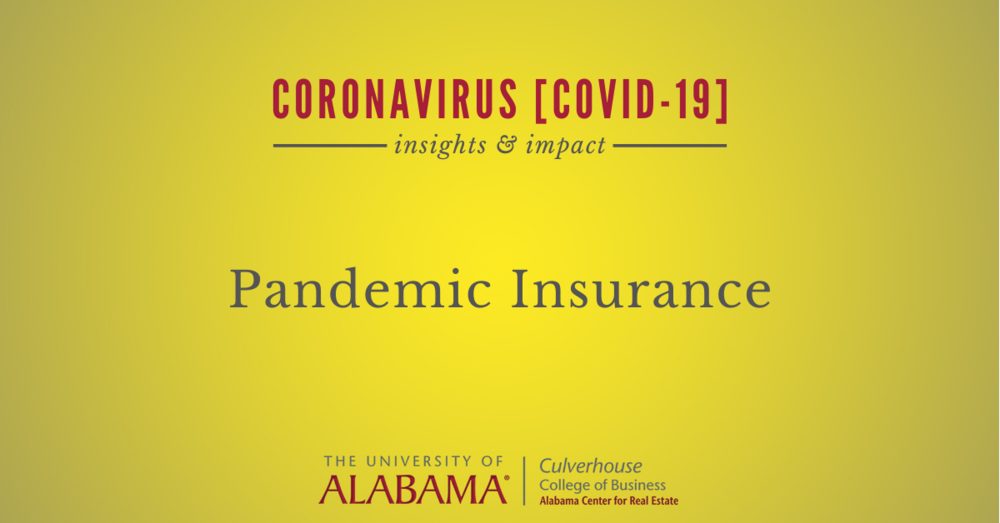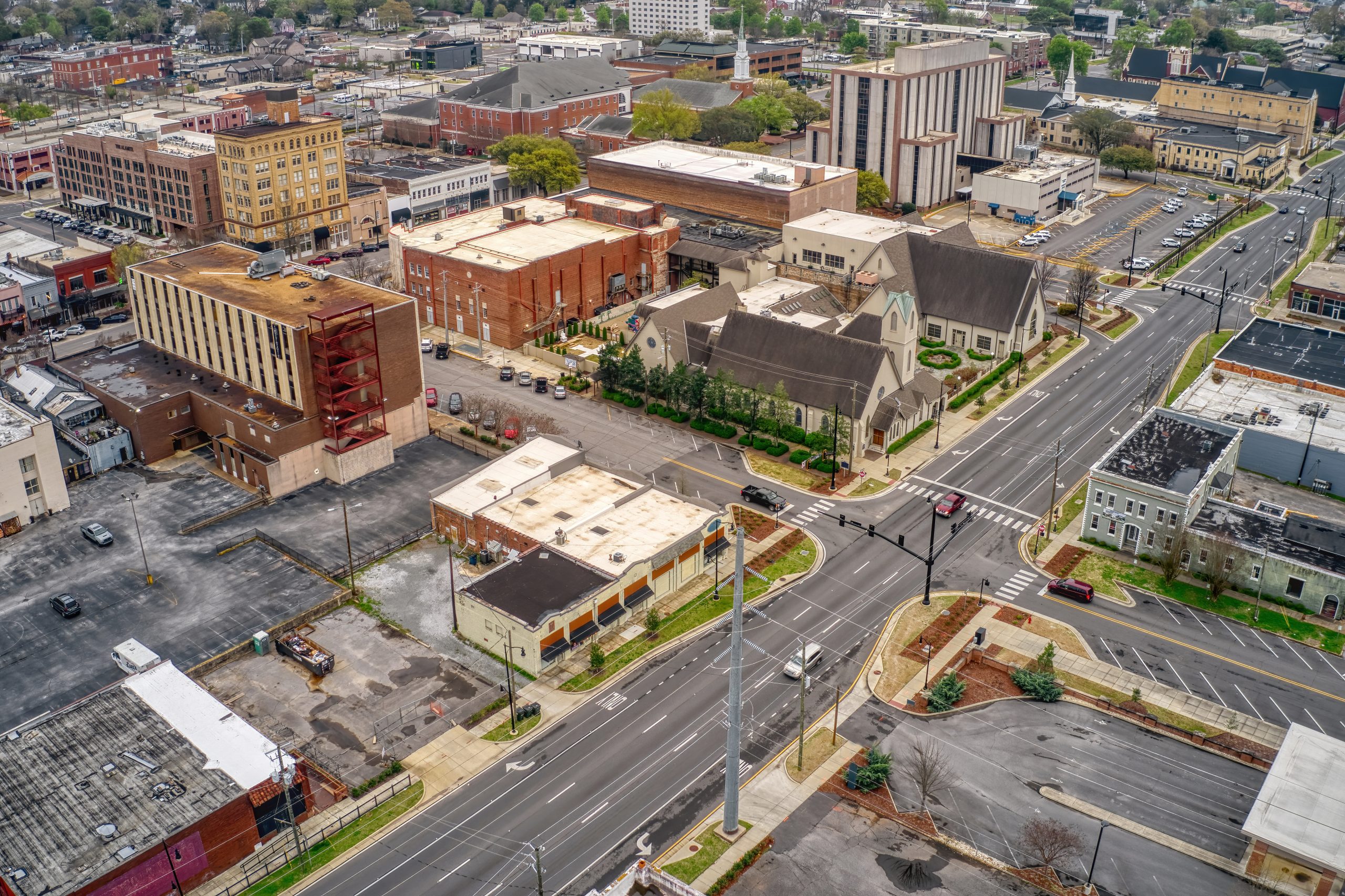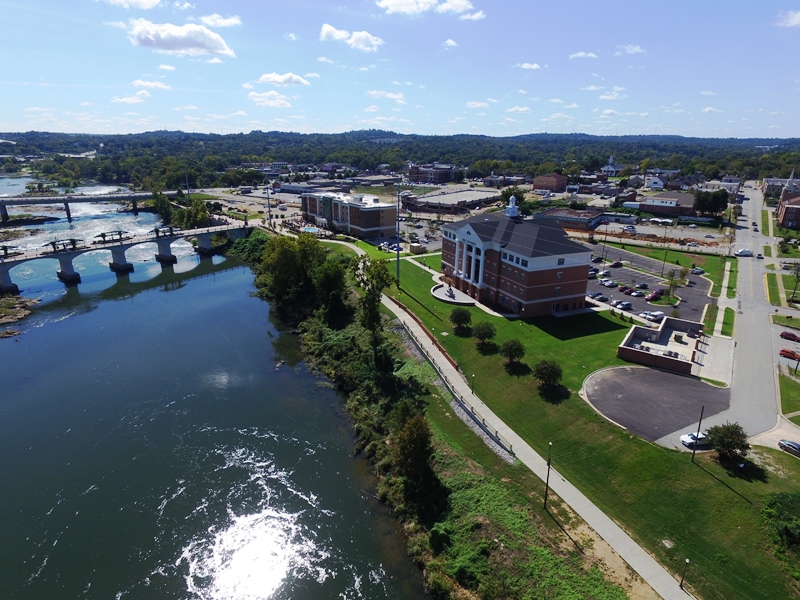Pandemic insurance has become more top-of-mind as states begin to reopen and assess the damage to businesses and commercial real estate – especially hotels, restaurants, retail and entertainment venues from casinos and Disney parks to sports stadiums and airports. What we think of as pandemic insurance is really bundled within “Business Interruption Insurance” (BI) and designed more for the protection of tenants or the businesses occupying our real estate than the property owners. There are specific riders for virus and bacteria type epidemiology outbreaks that became narrowly defined after the 2002-2003 SARS outbreak (SARS History). Until this COVID-19 pandemic is proven to be a bio-terrorism attack (which is why the world wants to investigate the nature of this pandemic that emanated from a Chinese laboratory), then TRIA (Terrorism Risk Insurance Act of 2002) will not provide a backstop for the commercial real estate industry. For some background on the TRIA program, the following elements may clarify pandemic coverage and why the determination of the origins of COVID-19 are germane to the commercial real estate industry:
- TRIA was enacted as federal law in 2002 intending to be a measure to support the insurance industry.
- It established a Terrorism Insurance Program. Under the program, a system of shared public/private compensation for losses due to acts of terrorism is administered to protect consumers. It also gives time for private insurance markets to stabilize.
- Under this program, the federal government shares the risk of loss from future foreign terrorist attacks.
- Participating insurers must pay a deductible before federal assistance is available when a loss occurs due to a terrorism act. Deductibles applicable during specific periods are detailed in the TRIA.
- The program covers aggregate insured losses up to an annual limit of $100 billion. If it exceeds that amount, the question as to who will pay and to what extent will be decided by Congress.
- TRIA did not envision pandemics. That risk emerged in 2003 with SARS and is dealt with via “riders” to Business Interruption Insurance.
Since the pandemic is currently not determined to be terrorism, the only insurance that companies that occupy real estate can fall back on is business interruption insurance. The challenge for claimants is citing within the typical Business Interruption policy the basis to formulate a claim. BI generally is an add-on to a property and casualty, so some type of physical loss or damage is required. The argument being attempted currently is that the closing of businesses by a government edict is a grounds or cause for a BI claim. We are early in this process; thus, there are not yet any successful claims along this argument.
A few interesting thoughts raised by data firm Trepp LLC are: i) First, several legislative attempts to add pandemic coverage retroactively to existing BI policies are circulating. This strategy encounters a number of constitutional and economic arguments; ii) Next, on the constitutional side of the coin, there are prohibitions against states interfering with contracts; iii) On the economic side of the coin, the existing policies were priced and underwritten excluding pandemic, so there is not enough money in insurance industry reserves to cover these types of claims. How does this get resolved? An argument is likely to evolve that a TRIA-like program to cover these types of global disasters in the future would be a potential outcome from COVID-19. However, that argument must gain traction, become legislation, and then see an insurance product created. That will not help our industry today, but maybe in the future like TRIA did post 2001.
What might help the real estate industry related to COVID-19 insurance claims is a strategy being promulgated by one law firm and just recently covered by Trepp in a feature piece titled: Multi-District Litigation (MDL). The following are some key elements in the feature with the law firm Massey-Gail:
- Possible consolidation of insurance coverage cases via MDL is a cost-effective strategy to consider:
“While dozens of lawsuits have been filed across the country challenging denials of business interruption insurance claims, a recent development could allow potential litigants to pool resources and save money on litigation challenging the exclusion of losses due to COVID-19 closures. The plaintiffs in two cases (filed in Philadelphia, PA) requested that pending cases be consolidated in a “Multi-District Litigation” (MDL) proceeding. How does this work? When many different parties institute lawsuits challenging the same conduct against the same defendant or defendants, federal law provides a mechanism to bring all of those suits together in one court through the MDL process. While the cases brought into the MDL remain separate, the presiding judge can make legal rulings applicable to all of the cases across the board. Once the MDL is created, new lawsuits against the same defendants become “tag along” cases and can be brought into the fold. For the denial of business interruption insurance claims, the MDL judge could issue a legal ruling on whether the policy language covers COVID-19 closures, and that ruling will apply to all of the cases consolidated in the MDL.”
- What are the advantages to participating in an MDL? Businesses concerned about the cost of litigation can benefit from MDL litigation. Although they cannot escape the initial filing costs, businesses can – once their case is designated as a “tag along” action – “piggyback” to a meaningful degree on the primary cases. They can, therefore, avoid incurring the same amount of legal fees that would be required to maintain a suit individually.
- The unknow is whether the business interruption suits will be consolidated in an MDL. The Joint Panel on Multi-District Litigation (JPML) will decide whether and, if so, where, to create an MDL. Insurance companies may choose to oppose consolidation in an MDL, arguing that there are too many insurance companies with different policies to warrant bringing them all together. But, given the similarity of the claims, there is a reasonable chance that an MDL will be created to deal with these suits.
The key takeaways regarding pandemic insurance at this stage in the COVID-19 outbreak are:
- TRIA created after the September 2001 terrorism attacks did not envision nor provide for pandemic risk.
- What we want to think of as Pandemic Insurance is really a “rider” under Business Interruption (BI) insurance.
- Those riders became more restrictive in coverage for virus and bacteria after the 2002-2003 SARS outbreak and most businesses do not have the coverage they may have thought.
- BI protects tenants and their businesses first and landlords second, depending on the leases. Check your leases to see if, like in property and casualty, the landlord and property owner are a “named insured” or partial payee. If not, there is no obligation for the tenant occupying your real estate to remit any proceeds for rent. This is not like the Paycheck Protection Plan (PPP) that requires the funds to go to certain things like payroll, rent and utilities.
- All is not lost. The MDL strategy may be a cost-effective way for businesses and property owners to consolidate and challenge the plethora of cases being summarily denied by insurers.
- And finally, we are early in this COVID-19 process. It is likely we will see “pandemic liability shield” legislation to address the current problem and protect businesses as states reopen their economies.
Find all of ACRE’s COVID-19 coverage at exploreACRE.com





